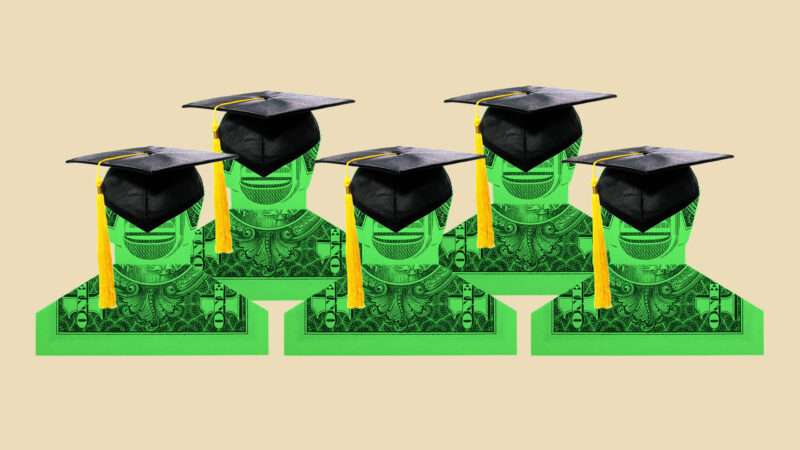
The Federal Student Loan Program is often criticized as a source of revenue for the federal government. But a new report from the Government Accountability Office (GAO) shows that the present situation can’t be further from the truth.
When the Federal Direct Student Loan Program began in 1994, the Department of Education estimated that it would generate $114 billion in revenue for the federal government. Almost 30 years later, the program is estimated to cost the government $197 billion, a staggering difference of over $300 billion. The Federal Student Loan Program has failed, and the cost of its failures will be shouldered by the American public.
The largest contributor to the increased cost of the Direct Loan Program is the ongoing pause on student loan payments initiated during the COVID-19 pandemic. According to GAO, previous forms of government spending only increased the cost of the program by around $14 billion. COVID-19 relief, on the other hand, cost the government almost $108 billion in revenue. Even more concerning, the cost of the COVID-19 student loan pause is likely even higher, as the GAO did not include 2022 data in its estimates.
The other sources of the massive cost of the program are more complicated. The GAO notes that the Direct Loan Program has undergone a series of programmatic changes over the years, most notably the creation of the Public Service Loan Forgiveness program and the Income-Based Repayment Plan. While these programs added billions to the cost of the Direct Loan program, 61 percent of the program’s increased estimated cost has come from complicated changes in the economy and the behavior of borrowers.
Income-Driven Repayment plans, such as the 2007 Income-Based Repayment Plan and the 2015 Pay As You Earn Plan, were created to allow students with low-paying jobs to get an indefinite reduction on their student loans. These programs limit the monthly loan payment to an “affordable amount,” which is 10 percent or 15 percent of the borrower’s discretionary income, depending on the program enrollment date.
47 percent of all borrowers are enrolled in an Income-Driven Repayment plan, a percentage that has grown steadily over time. These borrowers tend to earn less and borrow more than other students, highlighting a fundamental failing of the Direct Loan Program: If student borrowers were receiving a valuable return on their investment when they took out student loans, so many of them would not be making so little money that they can only afford to pay small amounts each month.
This particular failing highlights how miserably the Direct Loan Program has failed to achieve its promise of accessible college education and the middle-class quality of life which comes with it. Instead of helping more students access a college education, the Direct Loan Program has incentivized schools to dramatically increase tuition prices, bringing the prospect of affordable education even further out of reach for American students.
Rather than providing students with the skills to obtain high-paying jobs—jobs that make it fairly painless to repay a modest student loan balance—students are increasingly borrowing staggering sums to obtain degrees that barely help them achieve gainful employment. The staggering cost of the Direct Loan Program is yet another reason to retire it. While the program’s contribution to the dramatic increase in college tuition prices should be enough to raise concerns, the fact that the program is running hundreds of billions of dollars over budget is even more cause for alarm.
The post The Federal Student Loan Program Was Supposed To Pay for Itself. Now, It'll Cost Taxpayers $197 Billion appeared first on Reason.com.
from Latest https://ift.tt/P5VTnZ0
via IFTTT